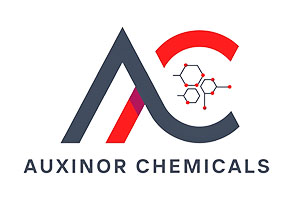SOLVENT C-IX
C9 aromatic hydrocarbons, named for their nine carbon monomers, exhibit a distinct aromatic odor and typically possess a Gardner color scale rating of 6 to 10, ranging from dark yellow to dark brown. They are insoluble in water, as well as in low alcohols and ketones. However, they are soluble in aliphatic hydrocarbons and chlorinated hydrocarbon solvents.
Applications Areas:
Here’s the information without bold formatting:
Here’s a concise summary of the applications of C9 aromatic hydrocarbons:
– Adhesives, Printing Inks, and Sealants: C9 is commonly used in adhesives, printing inks, sealants, and concrete curing compounds.
– Rubber Industry: It exhibits good compatibility with various types of synthetic rubbers such as SBR, SIS, SEBS, and SEPS, making it suitable for use as a pressure-sensitive adhesive, hot-melt adhesive, and in synthetic rubber formulations.
– Coatings: C9 can be applied in coatings for ships, vehicles, bridges, and road markings to improve luster, increase hardness, and enhance water resistance.
– Printing Industry: In the printing industry, C9 helps increase water resistance, reduce solvent consumption, and improve resistance to drying.
– End User Markets: The primary industries utilizing C9 are paints, coatings, and rubber industries.
Specifications
| Properties | Typical |
|---|---|
| Appearance | Clear, colorless |
| Physical form | Liquid @> 13 °C |
| Odor | Pungent |
| Density @ 25 °C | 1.046 g/cm3 |
| Refractive index n @ 20 °C | 1.418...1.422 |
| Boiling point | 141 °C |
| Freezing point | approx. 12 °C |
| Viscosity @ 20 °C | 1.3 mPa. S |
| Vapor pressure @ 20 °C | 39 mbar |
| Vapor pressure @ 40 °C | 13.5 mbar |
| Specific heat of liquid @ 20 °C | 2.05 kJ/(kg °C) |
| Heat of evaporation at boiling point | 634 kJ/kg |
| Heat of polymerization | 1079 kJ/kg |
| Heat of combustion @ 25 °C | 19085 kJ/kg |
